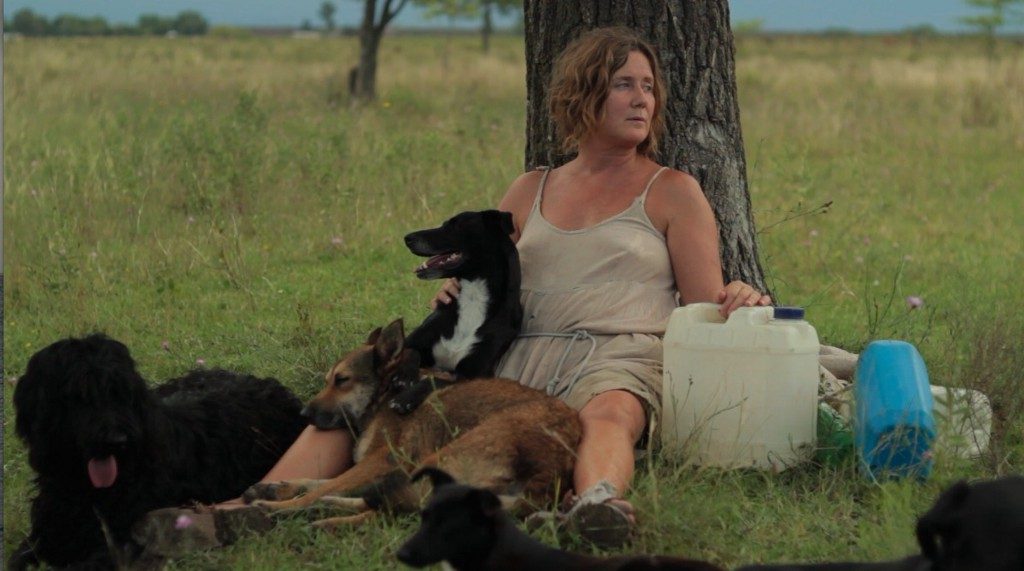Laura Citarella is a member of the production company El Pampero Cine, along with Mariano Llinás, Alejo Moguillansky and Agustín Mendilaharzu. In 2006 she won the Historias breves 5 contest and in 2008 she made the short film “Tres Juntos.” She produced, among other films, “Extraordinary Stories” (2008) and “Castro” (2009). “Ostende” (2011) was her first feature film. (Press materials)
Her most recent work, “Dog Lady,” will premiere at the 2015 BFI London Film Festival on October 8. It is co-directed by Verónica Llinás.
W&H: Please give us your description of the film playing.
LC: This is a film about a woman who live with her dogs in the outskirts of the city. We witness how she manages to invent a life [outside] of money, [outside] of social structures. Maybe it is a film about freedom.
W&H: What drew you to this story?
LC: The main idea was [from] Veronica Llinás, the film’s co-director and actress. She wanted to make something more personal. She is an actress and she had been working for others’ projects. So this was the way to have her own project. She decided to invent a fictional character who lives with dogs. Verónica lives with those dogs. Of course, the film is not about Veronica’s life, but about a fictional character’s life.
W&H: What was the biggest challenge in making the film?
LC: The biggest challenge was to deal with reality without touching it. Working with dogs, with the world, with real situations that had to be part of a fiction, not part of life. We had to invent a universe for this character. Reality was only a context, a scenery for the character. An invention.
W&H: What do you want people to think about when they are leaving the theater?
LC: That they’ve seen a film about a woman who has a personal and original relationship with the world.
W&H: What advice do you have for other female directors?
LC: I don’t feel any particular thing about being a woman director. In my group of people, there are many men and there’s no problem about it. Maybe because we are independent filmmakers. I suppose there’s more difficulty being a woman director in the industry, where there’s more money and more search[ing for] power — power that still belong to men, I suppose. But it’s getting better.
This film was made by five women and 12 dogs. It is not that men were [excluded] from the shooting but maybe this film needed that kind of energy to be done. We had to be patient and very receptive to finish it. Maybe men [have] more violent manners and that wouldn’t have helped.
W&H: How did you get your film funded? Share some insights into how you got the film made.
LC: It is a completely independent film. We have a production company called El Pampero Cine. For years, we have been working with no support from the government. We had support from a sponsorship and then we had Hubert Bals Fund postproduction support. That way, we could finish our film.
W&H: Name your favorite woman-directed film and why.
LC: I [would] say Agnes Vardá because she does not look for “feminine” films. She does not make films “like a woman.” And she does not make films “like a man.” She is just a woman making films that are completely impossible to classified between this or that. She is not looking for a “gender” filmmaking. She is just doing it, and the result is a mix of everything: men, women, poetry and cinema.







